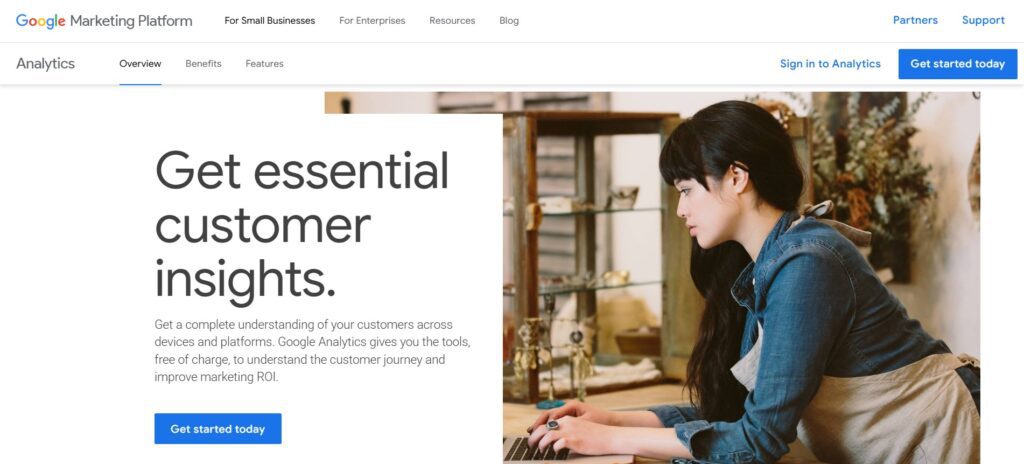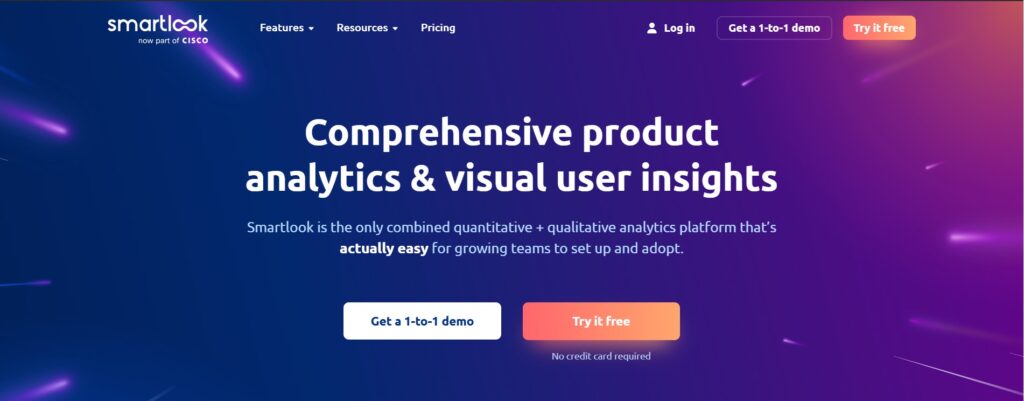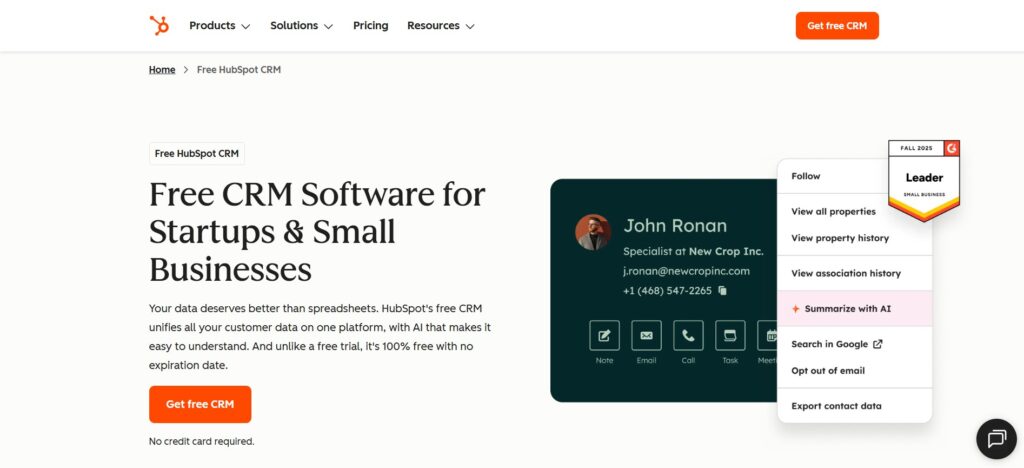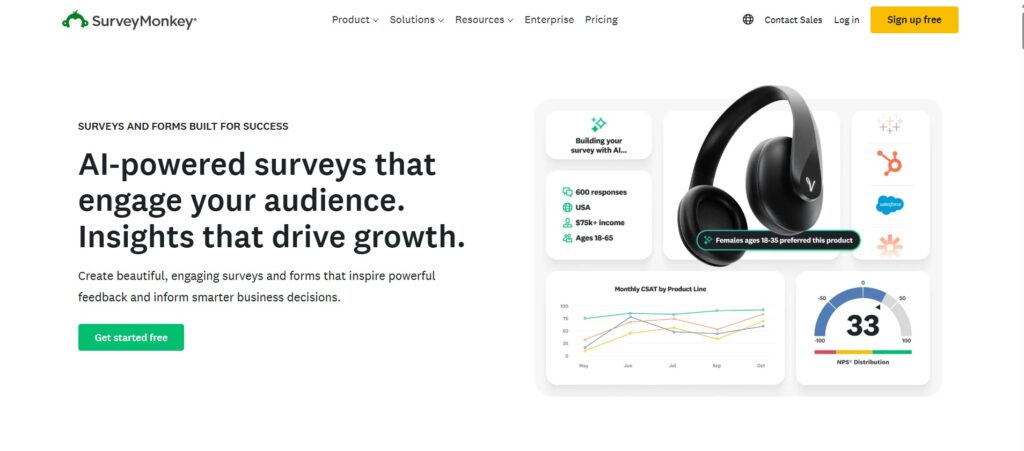6 Best CRO Tools for 2026: A Practical Guide That Actually Helps

I hope you enjoy this blog post. If you want Hello Bar to grow your leads, click here.
Author:
Mansi
Published
November 3, 2025

Table of Contents
If you care about real results, you need tools that help you test, learn, and fix what blocks conversions. This guide breaks down the best CRO tools for 2026 with clear use cases, honest pros and cons, and what you can actually do with each one. No fluff. Just the pieces that matter. These are the best CRO tools we’d choose if we had to improve signups, sales, and lead capture without wasting time.
You’ll see six categories covered across these picks: A/B testing, heatmaps and session recordings, customer surveys, analytics and attribution, lead capture and onsite personalization, and CRM-driven automation. Together, they form a tight stack of conversion rate optimization tools that can find problems, verify fixes, and prove lift.
1) VWO — testing, analytics, and optimization without needing to code

Why it’s one of the best CRO tools: You can run A/B, multivariate, and split URL tests, plus mobile app A/B tests, all from a visual editor. If you want fine control, there is a developer-friendly code editor too. Heatmaps, session recordings, and funnel reports help you see what users do, where they drop, and what to test next. This combo puts VWO among the best CRO tools for teams that want clean experiments and clear answers.
What you can do:
- Test copy, layouts, and CTAs on desktop, mobile web, and apps
- View heatmaps and recordings to spot friction
- Track full conversion funnels to locate drop-offs and cart abandons
- Measure direct revenue impact so you know if a test paid off
- Personalize experiences for segments by behavior and location
Pros:
- One of the most complete testing suites among conversion rate optimization tools
- Solid funnel reporting for deep experiments
- Good fit for large teams that run many tests
Cons:
- Can be expensive for small teams
Pricing: 30-day trial with most premium features. Paid plans for the testing suite start at $339 per month.
Bottom line: If you need rigorous testing with strong analysis, this is among the best CRO tools to anchor your stack.
2) Hello Bar — advanced A/B testing, onsite CRO, and lead capture in one suite

Why it’s one of the best CRO tools: Hello Bar is built for onsite engagement that actually moves numbers. You get popups, bars, embedded forms, web push, and an onsite feed, all tied to A/B testing with control groups and detailed attribution. It also offers AI product recommendations that respond to behavior and sales data in real time. For many stores, this combination of targeting, experiments, and reporting puts Hello Bar firmly in the best CRO tools list.
What you can do:
- Capture emails and phone numbers with popups, embeds, and gamified formats like spin-to-win
- Run A/B tests against control to see revenue per visitor and pages per visitor
- Reduce cart abandonment with exit intent campaigns and push reminders
- Lift AOV with personalized offers and AI recommendations
- Collect onsite feedback with surveys, NPS, and quick polls
- Target by behavior, geo, traffic source, device, or customer segment
- Track incremental revenue, ROI, repeat purchase impact, and time on site
Standout details:
- 40+ audience and page targeting rules, including Shopify-specific options
- Onsite feed lets you engage visitors in a gentler, always-available stream
- AI recommendations can add 1 to 5 percent sales lift in real cases
Pros:
- All features available from the start
- Good for beginners and small teams who still want serious testing and analytics
- Deep integrations with common ecommerce and marketing tools
Cons:
- No permanent free plan, but there is a free trial
Pricing: Free trial for 14 days. Plans start at $49 per month.
Bottom line: If you want an all-in-one that mixes lead capture, testing, targeting, and recommendations, Hello Bar earns its spot among the best CRO tools and replaces several point solutions. For onsite conversion work, it’s one of the strongest conversion rate optimization tools you can run.
3) Google Analytics — the go-to analytics and attribution baseline

Why it’s one of the best CRO tools: GA gives you the hard numbers for behavior, acquisition, and conversions. It shows what is happening, which pages leak traffic, and which sources drive results. You will still need other conversion rate optimization tools for the why, but GA is the baseline that keeps every test honest. That makes it a regular in any best CRO tools list.
What you can do:
- Track real-time activity and traffic sources
- Identify high-drop pages in funnels
- Compare performance by device and browser
- Measure sales and engagement events
- Build custom reports for specific goals
Pros:
- Free, reliable, and compatible with the rest of your stack
- Customizable reports and good real-time visibility
Cons:
- No heatmaps or session recordings
- Limited built-in A/B testing
- No survey collection
Pricing: Free.
Bottom line: GA is table stakes. It will not replace dedicated testing or behavioral tools, but every one of the best CRO tools in this guide gets better when GA is part of the picture.
4) Smartlook — heatmaps, session recordings, and funnels made simple

Why it’s one of the best CRO tools: Smartlook records sessions by default and presents the data in a clean interface. You can filter sessions by page, tech, location, or events, then jump into scroll, move, and click heatmaps. Funnels are easy to set up and answer practical questions like where checkout breaks. This clarity makes Smartlook a strong pick among conversion rate optimization tools that focus on behavior.
What you can do:
- Record sessions automatically with plenty of filters
- Build heatmaps to spot layout and content issues
- Set up funnels to measure journey health
- Share recordings with teammates for quick reviews
Pros:
- Free plan and simple setup
- Friendly UI that gets you to insights fast
- Filters that help you find the right sessions
Cons:
- Free plan keeps only one month of history
- Some popular integrations sit in higher tiers
Pricing: Free for 3,000 monthly sessions and basic analytics. Paid plans start at $55 per month.
Bottom line: For seeing what users actually do, Smartlook sits comfortably in the best CRO tools set. Pair it with testing to turn insights into lift.
5) HubSpot — CRM, automation, and CRO reporting in one place

Why it’s one of the best CRO tools: HubSpot combines CRM, email, landing pages, and attribution. You can build pages in a drag-and-drop editor, A/B test headlines and layouts, trigger forms on behavior, and track ROI of each campaign. The dashboards make pipeline and revenue reporting straightforward. This makes HubSpot one of the best CRO tools when you need lead management tied to conversion data.
What you can do:
- Build landing pages without code
- A/B test pages, CTAs, and emails
- Trigger forms based on behavior
- Monitor conversion rate by traffic source
- Generate revenue attribution reports
- See visitor flows to spot weak steps
Pros:
- CRM, lead gen, and sales in one system
- Built-in email marketing
Cons:
- No dedicated SEO toolset inside
- Testing depth is lighter than specialized platforms
- Learning curve can feel steeper than expected
Pricing: Many tools are free. Paid plans start at $20 per user per month or $15 on annual billing.
Bottom line: If you want your conversion rate optimization tools connected to pipeline and revenue, HubSpot belongs on a best CRO tools shortlist.
6) SurveyMonkey — fast surveys for feedback that fixes problems

Why it’s one of the best CRO tools: You can launch customer satisfaction, NPS, product, and UX surveys in minutes. Templates and a strong question bank help you ask useful questions. There is also an AI survey builder that creates a first pass from a short prompt. For many teams, SurveyMonkey is the fastest way to add feedback to a CRO loop, which earns it a place among conversion rate optimization tools you will actually use.
What you can do:
- Create CSAT, NPS, pricing and UX surveys
- Collect product and post-purchase feedback
- Learn why visitors leave without buying
- Integrate with enterprise tools like Salesforce
- Add quizzes or surveys into Hello Bar forms
Pros:
- Intuitive builder with good templates
- AI helps draft better questions
Cons:
- Free plan has limited visual customization
- Advanced analytics sit in higher-tier plans
Pricing: Free plan for basics. Paid plans start at $25 per month for three users.
Bottom line: If you need the voice of the customer inside your experiments, SurveyMonkey is one of the best CRO tools to deploy early.
How these 6 fit together as your best CRO tools stack
A good stack covers what, why, test, and outcomes. Here’s a simple way to stitch these best CRO tools into one loop without extra bloat.
- Google Analytics shows what is happening. You get traffic, funnels, and key conversion rates. It is the baseline for your conversion rate optimization tools.
- Smartlook explains why. Sessions and heatmaps reveal where users hesitate or fail. Use this insight to form test ideas. This is where many best CRO tools lists fall short. You need both GA and behavior.
- Hello Bar runs onsite experiments that matter. Targeted popups, embeds, and an onsite feed let you try offers, messages, and timing. A/B testing with control groups and revenue per visitor reporting tells you if it worked. For stores, AI recommendations can give a steady nudge to order rate and AOV. These are the reasons many teams call it one of the best CRO tools they use weekly.
- VWO handles deeper layout and flow tests. When a page needs structural changes, move the idea into VWO for A/B, multivariate, or split URL tests. Use its funnels and recordings to validate the fix. This is how conversion rate optimization tools stack together and keep you honest.
- HubSpot manages the leads and revenue picture. Sync captures leads, track email variations, watch source performance, and tie outcomes to dollars. This makes it one of the best CRO tools when you want CRO tied to a pipeline.
- SurveyMonkey closes the loop with the voice of the customer. Use it to learn why carts die, which offers feel fair, or what broke trust on a key page. Feed those findings into the next test. That habit is what separates average conversion rate optimization tools usage from a stack that compounds gains.
If you keep to these roles, you stop guessing and start fixing. You also avoid overlapping features and focus each pick on what it does best. That is how the best CRO tools work together without getting in each other’s way.
Also read our blog on Converting Website Visitors into Leads [CRO Included]
FAQs
1. Why not rely on one tool for everything?
Because there is no single app that gives you clean analytics, actual behavior, rigorous tests, onsite engagement, CRM-level attribution, and quick survey work at the same depth. The best CRO tools in this guide each cover a core job. Together they deliver a repeatable loop.
2. Where should I start if I have nothing set up?
Start with GA for the baseline, Smartlook for behavior, and Hello Bar for onsite experiments. That trio gives you measurable changes fast. Add VWO when you need structural page tests. Add HubSpot when you need deeper attribution and CRM. Add SurveyMonkey when you want fast feedback at scale. This is a simple way to phase in conversion rate optimization tools without chaos.
3. How will I know if this stack is working?
Watch three things: conversion rate on your key paths, revenue per visitor, and repeat purchase rate if you sell products. The best CRO tools above report on these directly or feed the systems that do.
Final thought
Pick the smallest set of best CRO tools that lets you find issues, test fixes, and prove lift. Then keep the loop tight and keep going. That habit is the real advantage.
